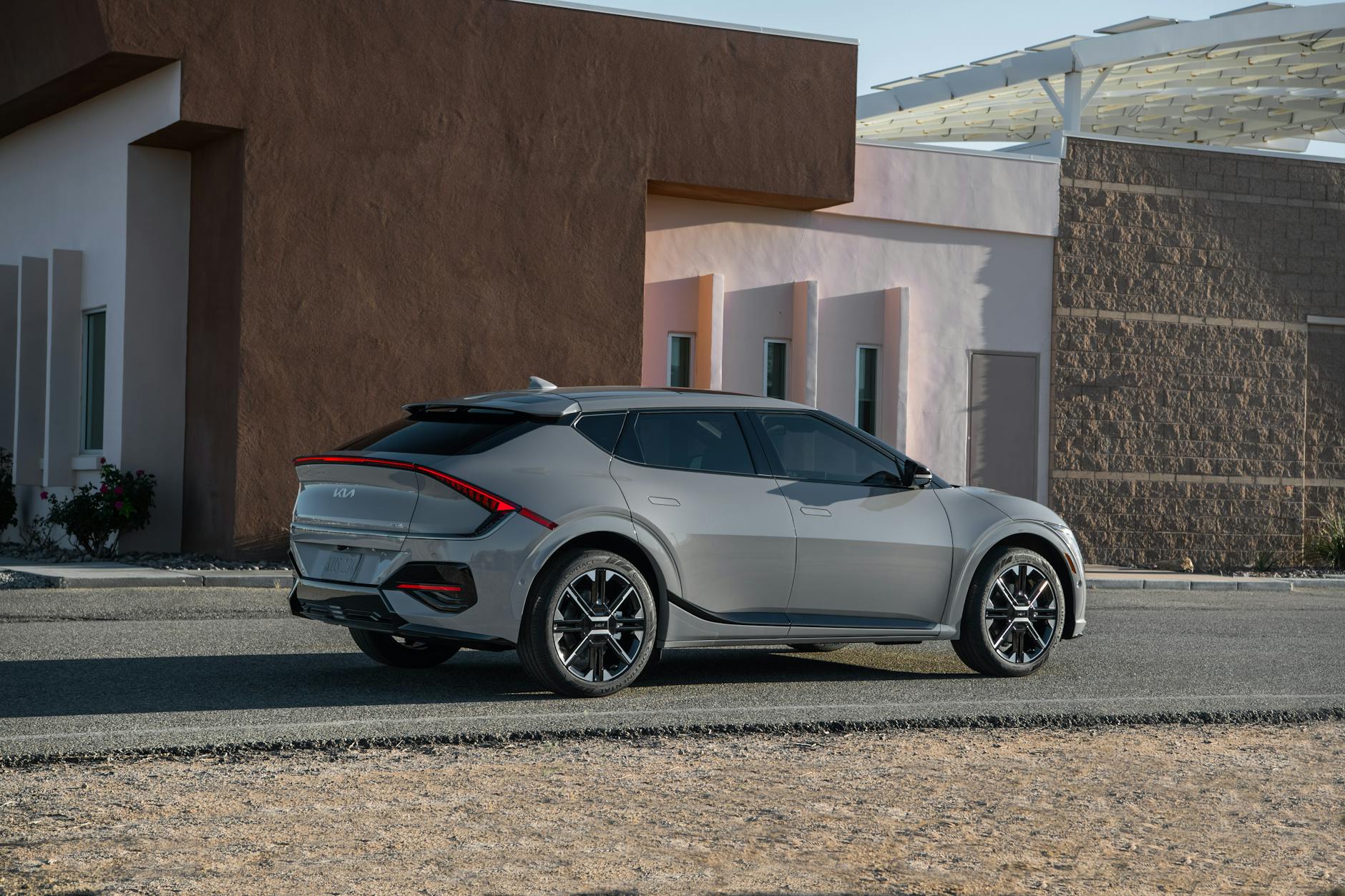Australia Grapples With Shifting Road Funding Models as EV Adoption Grows
As fuel excise revenue declines, policymakers explore new charges for electric vehicle users to maintain road infrastructure.
Australia’s approach to funding its vast road network is facing a significant recalibration. With the gradual but steady increase in electric vehicle (EV) uptake, a primary source of government revenue – the fuel excise – is diminishing. This shift is prompting discussions and policy considerations around how to ensure road maintenance and development continue to be adequately funded, particularly as the nation transitions towards cleaner transportation alternatives.
The Declining Fuel Excise and Its Implications
For decades, the federal fuel excise, a tax levied on petrol and diesel, has been a cornerstone of Australia’s road funding strategy. This tax contributes directly to the Highway Investment and Maintenance Fund, supporting significant infrastructure projects and ongoing upkeep of the nation’s roads. However, as more Australians opt for electric vehicles, which do not consume petrol or diesel, the revenue generated from this excise is naturally declining. The Guardian notes that while EVs constitute a small percentage of the current Australian vehicle fleet (less than 2%), their increasing presence signals a trend that will inevitably impact future revenue streams.
The loss of revenue is not solely attributable to EVs. A broader trend of improved fuel efficiency in internal combustion engine vehicles also contributes to a reduction in fuel consumption per kilometre travelled. Nevertheless, the rise of EVs represents a more fundamental challenge to the existing funding model, which is intrinsically linked to the consumption of fossil fuels.
Exploring the EV Road User Charge: A Potential Solution?
In response to this revenue challenge, various proposals are being considered, including the implementation of a road user charge specifically for electric vehicles. The concept behind such a charge is to ensure that EV drivers contribute equitably to the costs associated with road usage and maintenance, mirroring the contributions made by drivers of traditional vehicles through the fuel excise. This aims to maintain a level playing field and ensure a sustainable funding model for essential infrastructure.
The specifics of how such a charge would be implemented remain a subject of considerable debate. Options range from a per-kilometre charge to a periodic fee. The primary objective, as articulated by proponents, is to ensure that the declining fuel excise revenue is offset by contributions from all road users, regardless of their vehicle’s powertrain.
Arguments for and Against the EV Road User Charge
Proponents of an EV road user charge often highlight the principle of fairness and the need for equitable contribution to road infrastructure. They argue that since EVs benefit from roads just as much as conventional vehicles, their users should contribute to their upkeep. This perspective emphasizes that road infrastructure is a public good funded by taxpayers, and any vehicle utilising it should contribute to its maintenance.
Conversely, critics express concerns that implementing a new charge on EVs could act as a disincentive for people to switch to cleaner transport options. They argue that EVs are already often more expensive to purchase upfront, and adding further costs could hinder the government’s own objectives of promoting environmental sustainability and reducing carbon emissions. Some also point to the fact that EVs, due to their lighter weight and different tyre compositions, may cause less wear and tear on roads compared to heavier, petrol-powered vehicles, though this is a subject of ongoing research and debate.
Furthermore, the administrative complexity and cost of implementing and collecting a new road user charge present significant hurdles. Ensuring accuracy, preventing evasion, and managing the associated bureaucracy are all factors that need careful consideration.
The Broader Context: Infrastructure Funding in a Changing Landscape
The discussion around an EV road user charge is part of a larger, ongoing conversation about how Australia will fund its infrastructure in the coming decades. As technology evolves and societal needs shift, traditional funding mechanisms may need to be re-examined and adapted. This includes exploring alternative revenue streams and more efficient ways to manage infrastructure investment.
The Australian government has acknowledged the need to address the decline in fuel excise revenue. Various state governments have already introduced or are considering their own EV road taxes. The federal government’s approach will likely aim to create a coherent national strategy that balances environmental goals with fiscal responsibility and infrastructure sustainability.
What Lies Ahead for Australian Drivers
For Australian drivers, particularly those considering an electric vehicle, the prospect of new charges is an important factor to monitor. The evolving policy landscape could influence the total cost of ownership for EVs. Consumers may wish to stay informed about government proposals and the potential financial implications.
The transition to EVs is a complex undertaking with multifaceted implications. Finding a sustainable and equitable solution for road funding will be crucial in supporting Australia’s clean car transition while ensuring the continued maintenance and improvement of its vital road infrastructure.
Key Takeaways:
- Australia’s road funding model, traditionally reliant on fuel excise, is challenged by the increasing adoption of electric vehicles.
- Electric vehicles do not pay fuel excise, leading to a decline in this revenue stream for government infrastructure projects.
- A potential solution being considered is a road user charge for EV owners to ensure equitable contribution to road maintenance.
- Arguments for the charge focus on fairness and sustainable funding, while concerns are raised about potentially slowing EV adoption and administrative complexity.
- The discussion reflects a broader need to adapt infrastructure funding strategies to technological advancements and environmental goals.
Further Information:
For detailed information on Australian road funding and transport policy, consult official government sources:


























